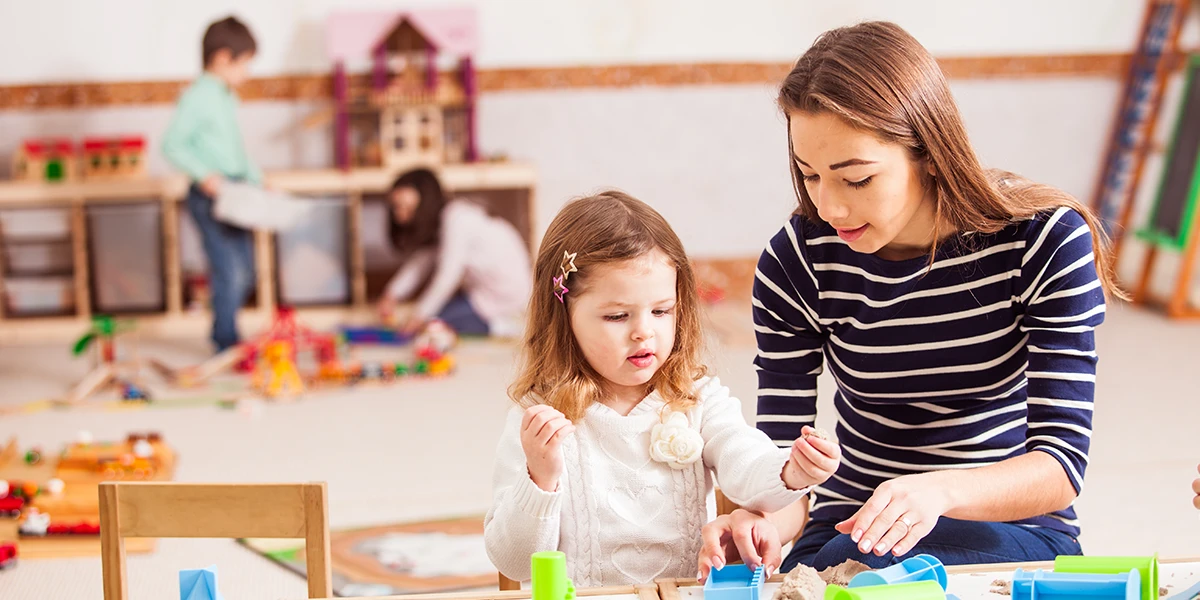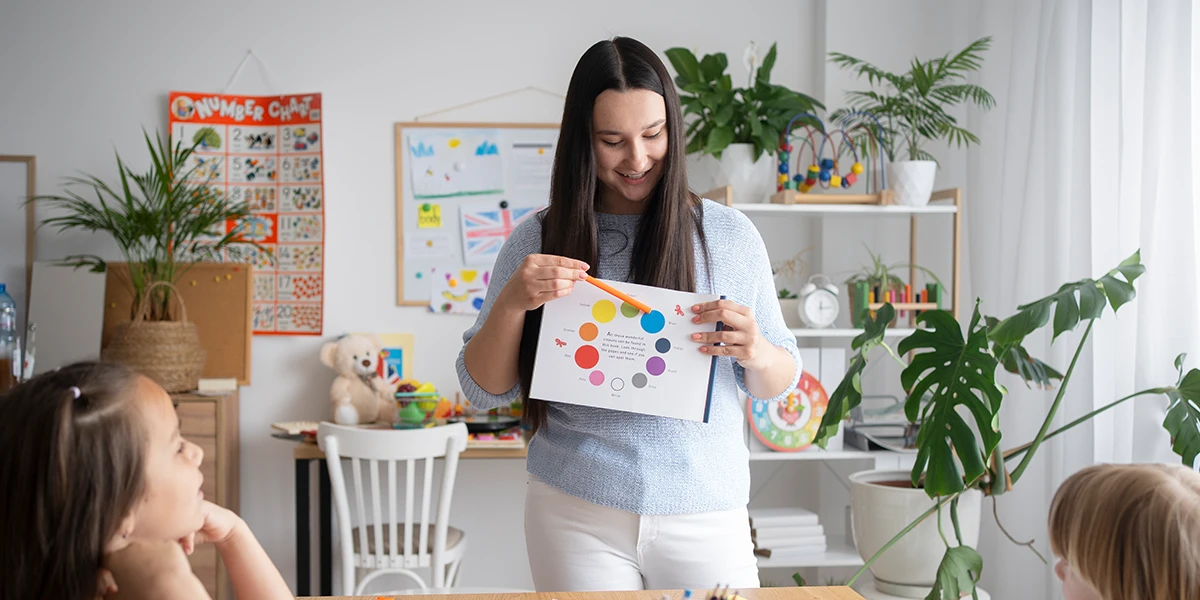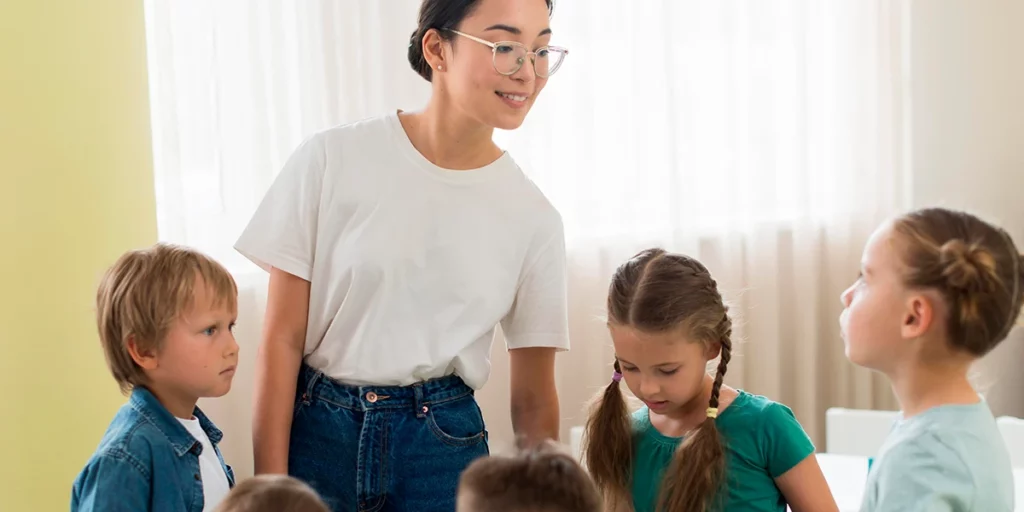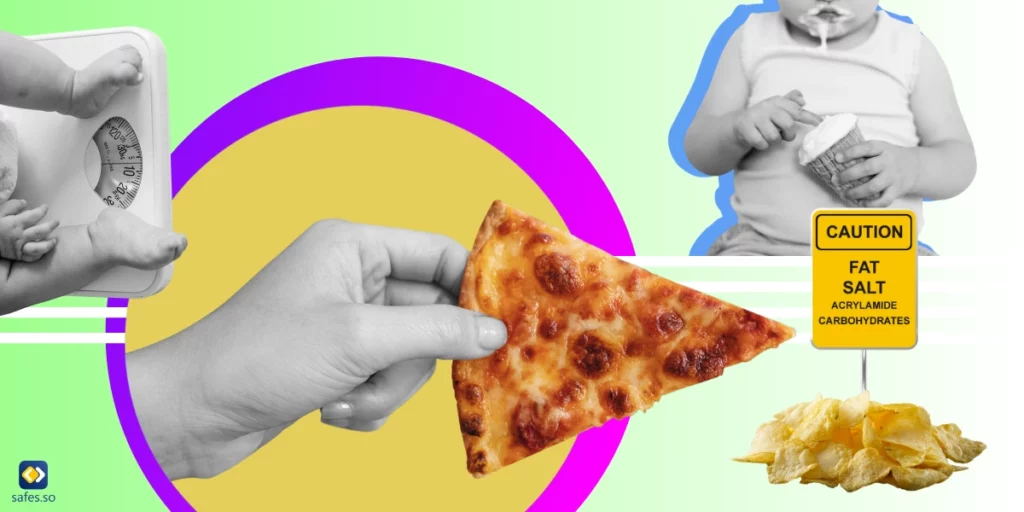Effective classroom management is a crucial component of any successful learning environment. Yet, the challenge of getting kindergarteners to listen can be particularly daunting for teachers. Without a clear plan for how to get kindergarteners to listen, teachers may find themselves struggling to maintain order, wasting valuable instructional time in the process. In this blog post, we will explore effective strategies for how to get kindergarteners to listen. From setting clear expectations to using positive reinforcement, we will provide valuable insights and practical advice for mastering classroom management in a kindergarten setting.
Download and Start Your Free Trial of the Safes Parental Control App
Related Articles:
|
Building Positive Relationships
Creating a warm and welcoming classroom environment is critical to the success of any kindergarten classroom. A welcoming environment sets the tone for the entire school year and helps build a positive classroom culture.
Strategies for creating a welcoming environment include decorating the classroom with bright colors, displaying student work, and creating a cozy reading nook. Additionally, teachers can greet students at the door, use positive language, and establish clear routines and expectations. By creating a warm and welcoming environment, teachers can help students feel safe, valued, and excited about learning.
Building positive relationships with kindergarteners is essential for creating a positive classroom environment and promoting student success. Positive relationships help students feel valued and supported and can help prevent behavioral issues. To build positive relationships, teachers can try learning students’ names, showing interest in their lives outside of school, and actively listening to their thoughts and ideas.

Communicating Effectively
In any educational setting, clear and confident communication is essential for effective teaching and learning. This is especially true when it comes to getting preschoolers to listen. Teachers who speak clearly and confidently are more likely to capture the attention of their young students and keep them engaged throughout the day. To achieve this, teachers can practice techniques such as speaking slowly and emphasizing keywords, maintaining eye contact with students, and using a confident tone of voice. By implementing these strategies, teachers can improve their classroom management skills and create a more productive learning environment.
Using positive language is a powerful tool for creating a positive classroom environment and encouraging desired behavior in kindergarteners. Positive language not only helps to build students’ self-esteem but also creates a culture of respect and support. Teachers can use strategies such as using words that are affirming and supportive, avoiding negative language or criticism, and framing instructions in a positive way. By using positive language, teachers can help to foster a sense of community and cooperation in their classrooms.
Clear directions are essential for effective classroom management and can help to prevent misunderstandings or confusion among kindergarteners. When giving directions, teachers should use simple, concise language that is easy for young students to understand. They can also use visual aids, such as pictures or diagrams, to help reinforce their instructions. Additionally, teachers can encourage students to repeat the directions back to them to ensure that they have been understood. By giving clear directions, teachers can help to promote a sense of order and structure in their classrooms while also building students’ confidence and independence.
Encouraging Active Listening
Visual cues are an effective tool for encouraging active listening in students of all ages. Visual cues can help students focus their attention, understand complex concepts, and retain information more effectively. Strategies for using visual cues in the classroom include using posters or charts to display key information, graphic organizers to help students organize their thoughts, and gestures or facial expressions to emphasize important points. By using visual cues, teachers can help students stay engaged, focused, and attentive.
Encouraging participation is essential for creating a positive classroom environment and promoting student engagement. When students are actively involved in classroom activities, they are more likely to stay focused and retain information. Teachers can adopt strategies like using open-ended questions that require more than a simple yes or no answer, providing opportunities for group work and collaboration, and offering positive feedback and encouragement. By encouraging participation, teachers can help to build students’ self-confidence and promote a sense of community in the classroom.
Active listening activities are an effective way to promote listening skills and help students stay engaged in classroom activities. Active listening activities can include games such as “Simon Says,” “Musical Chairs,” or “Telephone,” as well as more structured activities such as partner reading or group discussions.
Strategies for incorporating active listening activities in the classroom include setting clear expectations for behavior, providing opportunities for reflection and feedback, and using a variety of different activities to keep students engaged and interested. By using active listening activities, teachers can help students develop critical listening skills and promote active engagement in the classroom.

Dealing with Challenging Behaviors
Setting clear expectations is an essential component of effective classroom management. When students know what is expected of them, they are more likely to behave appropriately and stay on task. Strategies for setting clear expectations for behavior include creating a set of classroom rules that are easy to understand and communicate, using positive language to frame expectations, and providing opportunities for students to practice desired behaviors. By setting clear expectations, teachers can help to create a positive classroom environment that is conducive to learning and growth.
Responding to challenging behaviors in a positive and constructive way is essential for maintaining a positive classroom environment and promoting student success. When teachers respond to challenging behaviors with empathy and understanding, they can help students develop the skills they need to regulate their emotions and behave appropriately.
Strategies for responding to challenging behaviors include using positive reinforcement to acknowledge desired behaviors, providing opportunities for students to take breaks or cool down, and using problem-solving techniques to help students identify and overcome the underlying causes of their behavior.
By responding to challenging behaviors in a positive and constructive way, teachers can help students feel supported and valued while also promoting a sense of community and respect in the classroom.
How Does Safes School Help Teachers to Get Kindergarteners to Listen?
The Safe School app helps kindergarten teachers manage classes and get kindergarteners to listen. Safes School is a powerful tool that can help teachers create a safer and more productive learning environment for their students. By blocking distracting or harmful apps, websites, and search keywords, teachers can ensure that students stay focused on their studies and listen to their prompts.
Learn more about Safes School’s features on our website and try out a free trial to experience its benefits firsthand.
Conclusion
Effective classroom management is essential for creating a positive and productive learning environment. Setting clear expectations for behavior and responding to challenging behaviors in a positive and constructive way are two key strategies for managing a classroom effectively. By setting clear expectations, teachers can help students stay on task and behave appropriately. Responding to challenging behaviors with empathy and understanding can help students develop the skills they need to regulate their emotions and behave in a way that supports their learning. While there are many tools and strategies available to help teachers manage their classrooms, the most important thing is to create a safe and supportive environment that values the unique needs and abilities of each student.
Your Child’s Online Safety Starts Here
Every parent today needs a solution to manage screen time and keep their child safe online.
Without the right tools, digital risks and excessive screen time can impact children's well-being. Safes helps parents set healthy boundaries, monitor activity, and protect kids from online dangers—all with an easy-to-use app.
Take control of your child’s digital world. Learn more about Safes or download the app to start your free trial today!




